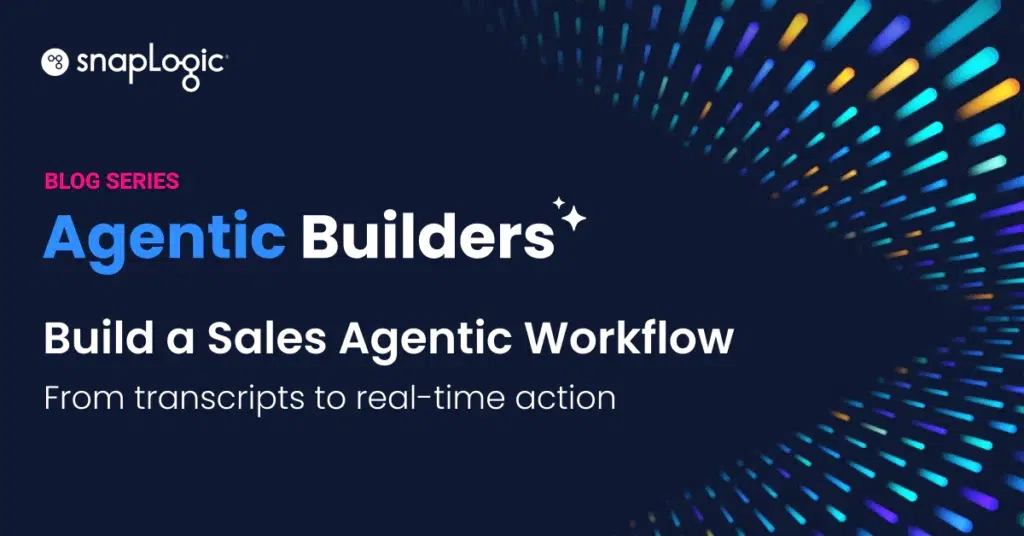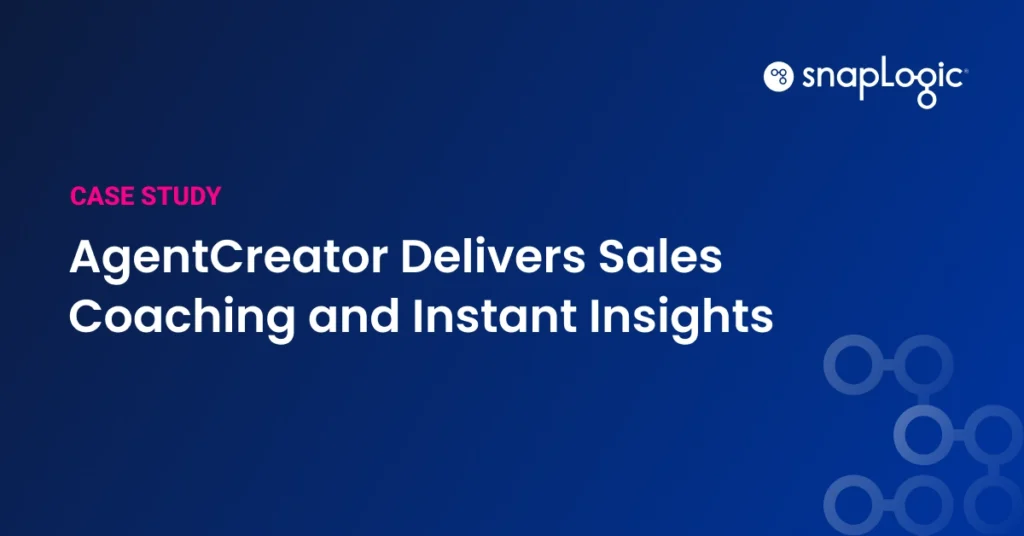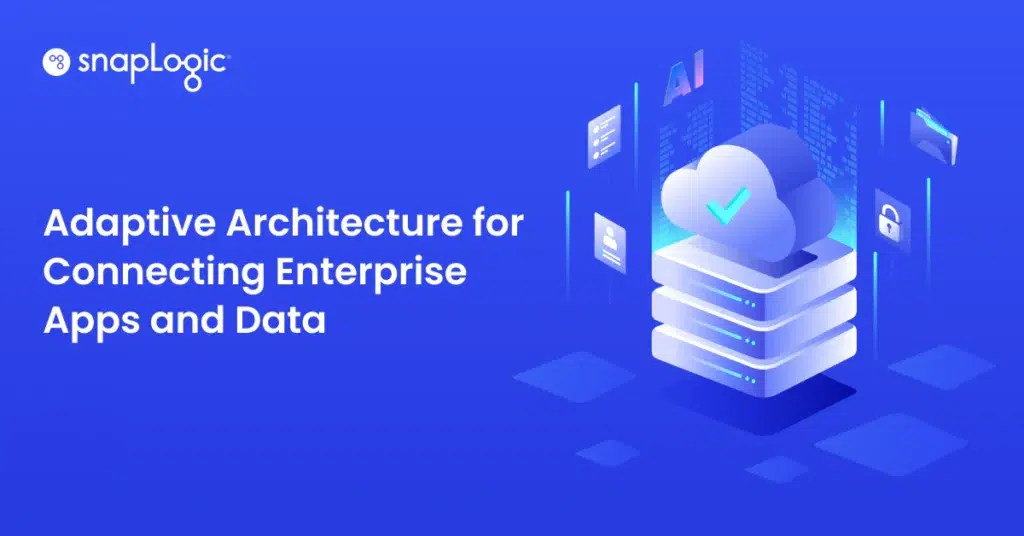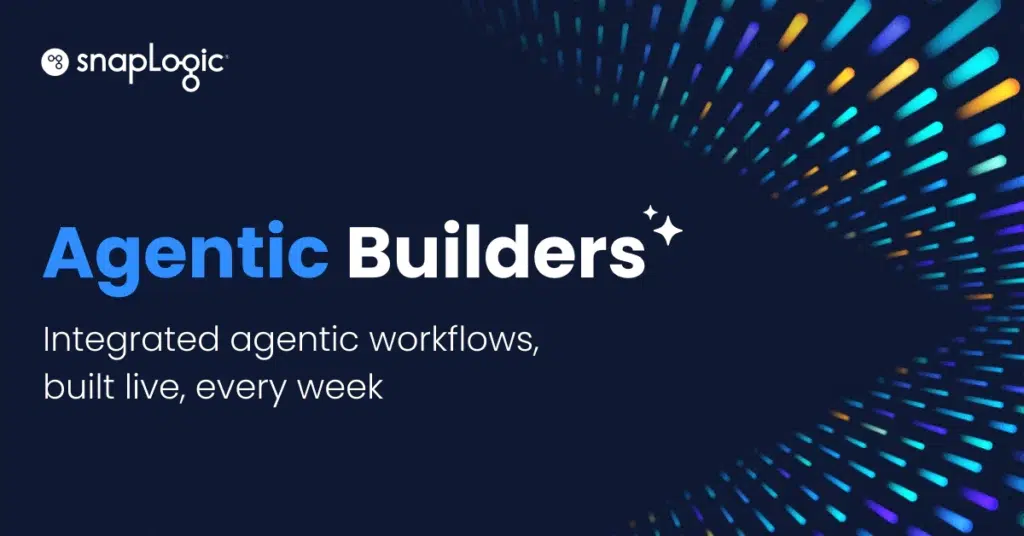What is data federation?
Data federation is a data management strategy that involves creating a virtual database by integrating data from multiple disparate sources without moving the data from its original location. This approach allows users to query and access data as if it were in a single database, providing a unified view of the data from various sources such as databases, data warehouses, and cloud storage systems.
What are the benefits of data federation?
Virtual integration: Data remains in its original source and is not physically moved or copied to a central repository. A virtual layer abstracts the underlying data sources, enabling seamless data access.
Unified data access: Users can access and query data from multiple sources using a single interface or query language. Provides a consistent and unified view of the data across different systems.
Real-time data access: Enables real-time access to up-to-date data, as queries are executed directly on the source systems. Reduces latency and ensures that the most current data is available for analysis.
Data source independence: The virtual layer abstracts the complexity of the underlying data sources, allowing users to interact with data without needing to know the specifics of each source. Supports a variety of data sources, including relational databases, NoSQL databases, and web services.
Scalability and flexibility: Easily integrates new data sources without significant changes to the existing infrastructure. Scales to accommodate growing volumes of data from diverse sources.









